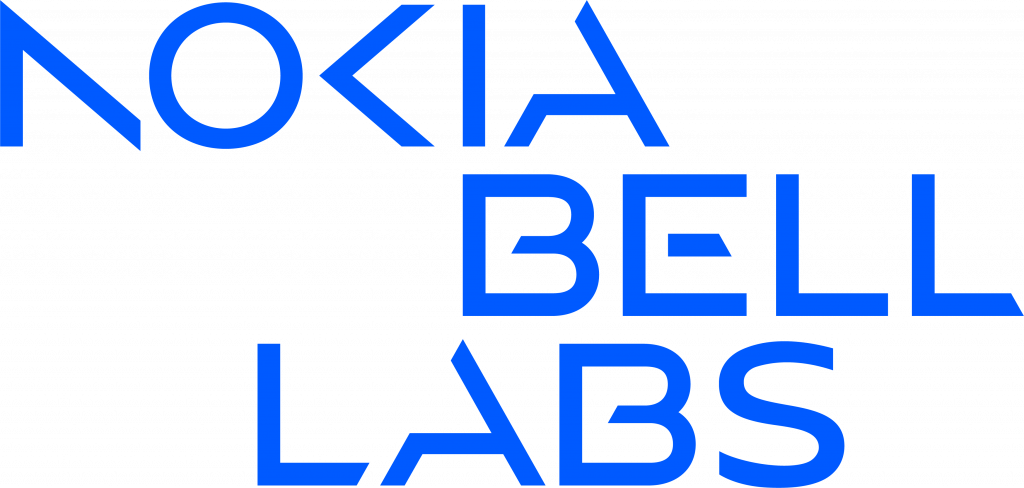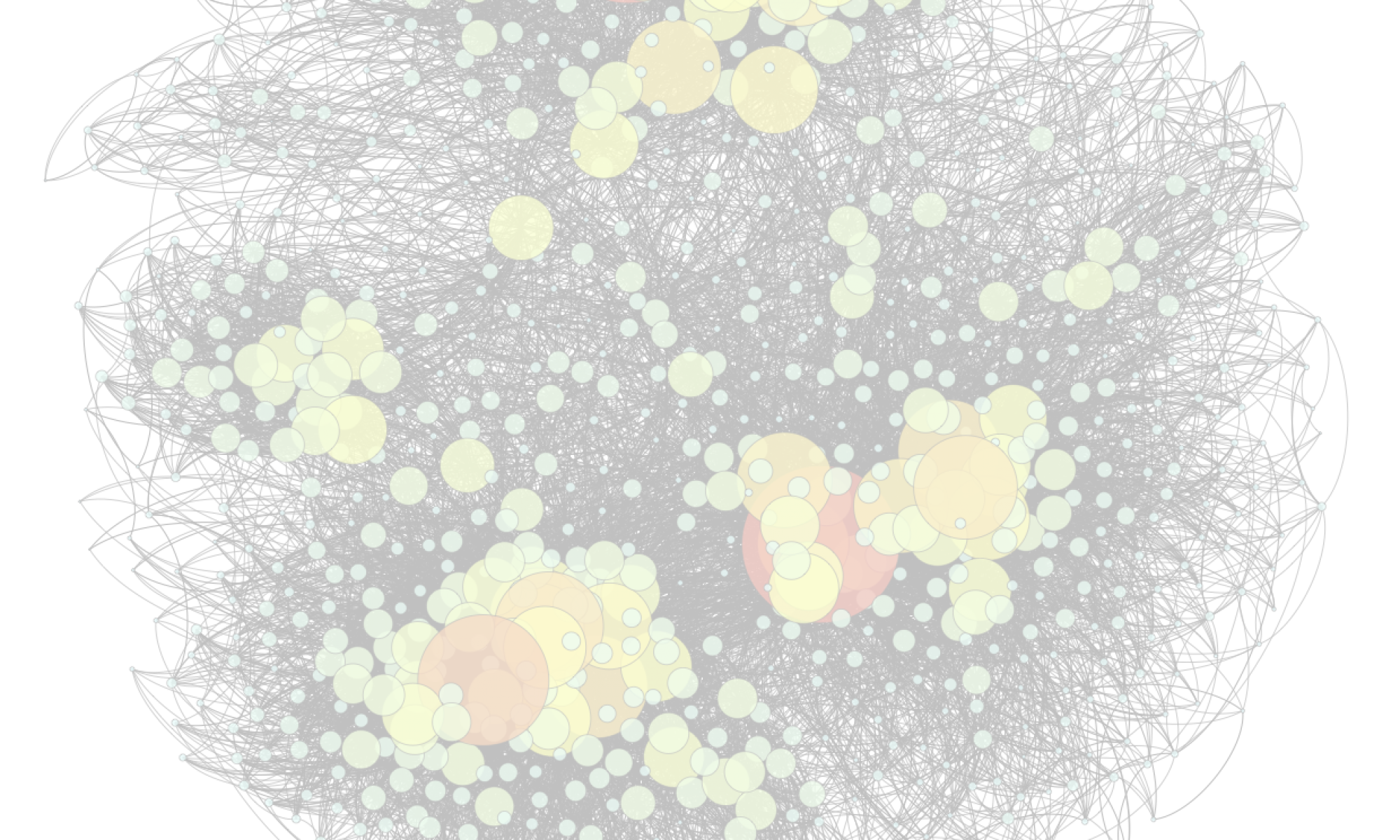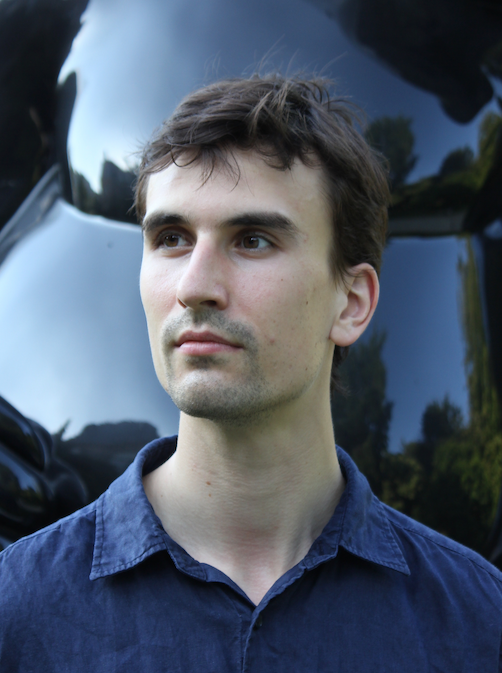- Knowledge Graphs
- Machine/Deep Learning
- Language/Foundational Models
- Natural Language Processing
- Logic and Algorithms
- Graph mining
- Stream streams
- Application Domains: Healthcare, Legal Domain
Industry Collaborations



Research Projects







Télécom Paris
Industry Collaborations




Research Projects






 YAGO: YAGO is a large ontology constructed from WordNet, Wikipedia, and other sources. We develop YAGO together with the Database department of the Max Planck Institute for Informatics in Germany.
YAGO: YAGO is a large ontology constructed from WordNet, Wikipedia, and other sources. We develop YAGO together with the Database department of the Max Planck Institute for Informatics in Germany. scikit-network: scikit-network is a Python package for the analysis of large graphs (clustering, embedding, classification, ranking).
scikit-network: scikit-network is a Python package for the analysis of large graphs (clustering, embedding, classification, ranking).
We investigate how to do machine learning in real time, contributing to new open source tools:
Computer science is not just about computers. In this area of research, we investigate how humans reason, and what this implies for machines.
| Talel Abdessalem | Mehwish Alam | Albert Bifet | Thomas Bonald | Jean-Louis Dessalles |
 |
 |
 |
 |
 |
| Nils Holzenberger | Louis Jachiet | Van-Tam Nguyen | Nikola Simidjievski | Fabian Suchanek |
 |
 |
 |
 |
 |
We are hiring two PhD students and one Postdoc to work on language models and knowledge graphs!
Yiwen Peng, Thomas Bonald and Fabian Suchanek received the best paper award at ISWC 2025 for their paper on FLORA: Unsupervised Knowledge Graph Alignment by Fuzzy Logic.
Two demo articles Enriching Taxonomies using Large Language Models and T-REX: Table Refute or Entail Explainer by Zeinab Ghamlouch, Tim Luka Horstmann, Beptiste Geisenberger, and Mehwish Alam were presented at ECAI 2025 and ECML/PKDD 2025.
Berenice Jaulmes attended the 36th European Summer School in Logic, Language, and Information (ESSLLI2025) in Bochum, Germany.
Nils Holzenberger attended the International Seminars on the New Institutional Economics 2025.